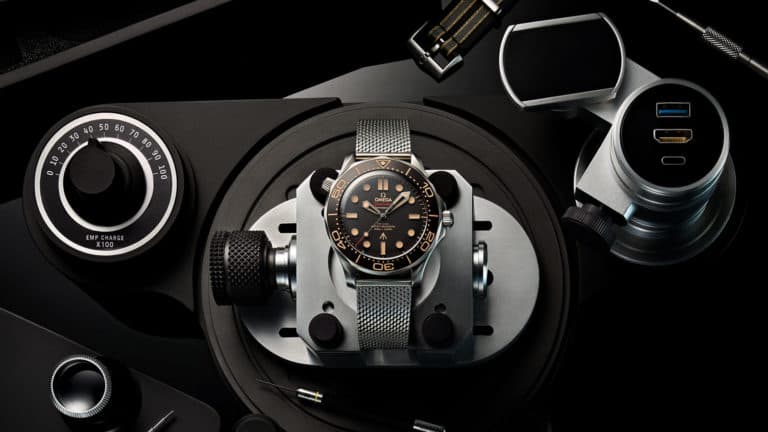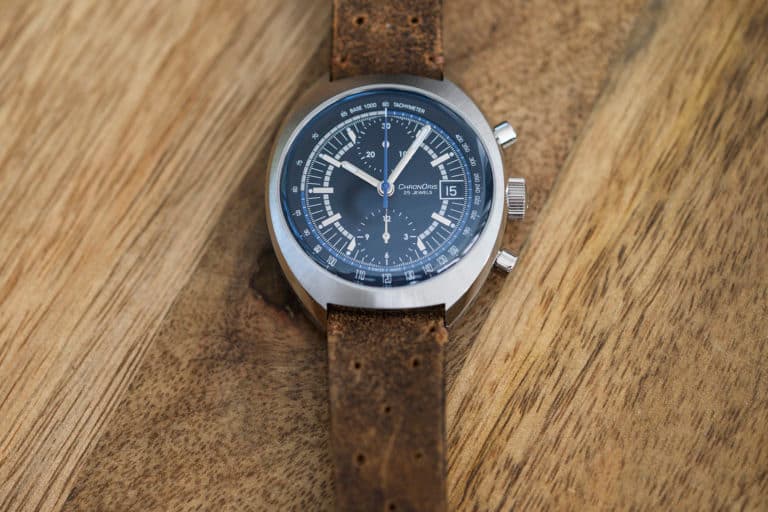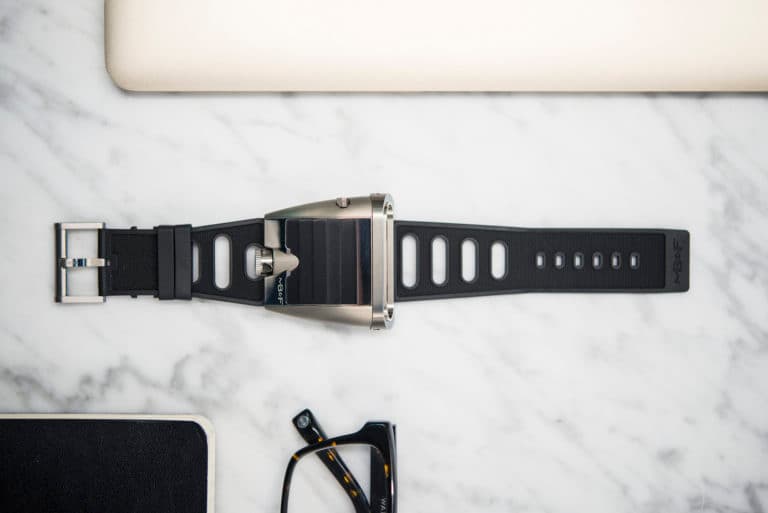For many, a mechanical watch can best be described as fashion accessory for men and women with a bit of discretionary income at their disposal. What makes them more desirable and expensive when compared to their battery powered alternatives, remains a mystery. What do you actually know about a mechanical watch and how it works? Perhaps that it features a seconds hand that sweeps across the dial smoothly, rather than ticking in 1 second intervals, and that you have to wind it on occasion. What else is there to know? Quite a bit, as it turns out.
Let’s take a look at the basics, and cover some of the terminology you may come across on product pages and blog posts.
A mechanical watch relies on centuries old technology to power itself. Rather than drawing power from a battery, a mechanical watch relies on energy stored within a wound mainspring. When you wind a watch, you’re adding energy to the system. With an automatic watch, there’s an oscillating weight attached to the winding system, meaning energy is gained by the natural movements of your arm. All that’s left is to transfer to the hands on the dial, how hard could it be? Buckle up and read on.
The stored energy needs to be released in a controlled manner along a gear train, and this is facilitated by a regulating organ called the escapement. The escapement holds and releases the gear train in intervals by way of a balance wheel and hairspring. This action of holding and releasing the gear train results in the “tick, tock” sound you hear when you hold the watch to your ear. As the gear train receives the steady drips of energy, the right gears move the corresponding hands on the dial. Even complications, from chronographs to perpetual calendars, get their operating power from the same source. See how it all comes together in the video below, which was produced by Hamilton Watch Co. in 1949.
This is by no means a comprehensive explanation of the mechanical watch, but it should give you a rough idea of what you’re looking at when you turn your watch over to show off the movement, or wind and set it for the day. The technology may be old, but it’s still being perfected, little by little, by brands looking to eek out a little more accuracy, reliability, and efficiency. Not only is it good marketing fodder, it puts a centuries old art under a high tech microscope.
Below find a graphic labeling the major exterior components of a watch:
























